Artificial intelligence (AI) is growing smarter and more creative every day. It can create music, draw visuals, compose stories, and even create machinery. This begs fresh questions about whether AI can be considered an inventor. Copyright or patent rules historically exclusively shielded human creators from infringement. These rules were established with people in mind rather than machines.
If the programmer is credited, should anyone own it? Some analysts contend AI is merely a tool. Some believe it might be more than that. Several court rulings and legal arguments have commenced around this question. While some nations have decided, others are nevertheless hesitant. Society must decide how to treat its creations while artificial intelligence keeps expanding. This guide investigates the present laws and where things might develop.
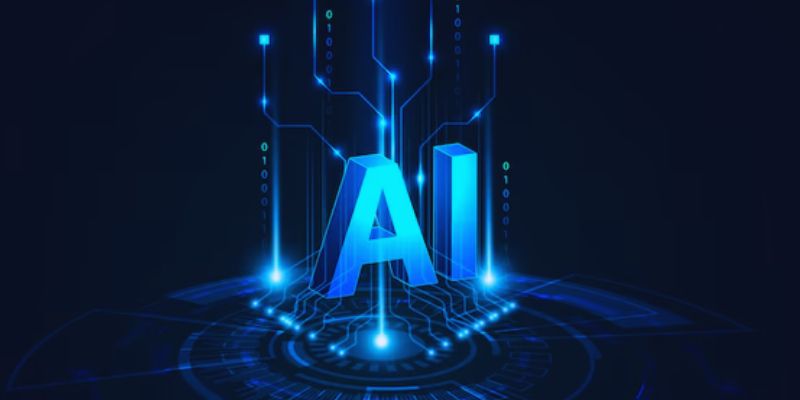
Books, songs, films, and computer programs—among other creative works—are covered by copyright. It affords the author legal rights over the usage of their work. Conventional copyright law shields only original work produced by humans. Copyright aims to provide legal control and financial incentives to foster innovation. Without these safeguards, people might stop sharing their work for fear of copying or abuse. Copyright encourages industry-wide innovation and helps guard ideas.
Since the legislation was never intended to cover non-human producers, it is not apparent what to do with AI-generated works. Who owns everything fresh created by artificial intelligence? Should it be safeguarded in the same manner as human effort? These issues are crucial in increasing artificial intelligence use in modern society and must be resolved to prevent legal and ownership ambiguity.
AI learns through vast volumes of data. This information generates images, text, code, or even fresh ideas. Many artificial intelligence systems nowadays can produce objects free from continuous human supervision. For instance, artificial intelligence can create music, write thorough pieces, or invent new goods. AI systems occasionally even solve difficulties or provide original designs never seen before.
It begs a big issue: does artificial intelligence produce anything unique? And if so, who ought to get credit? Is the AI programmer the innovator? Alternatively, if nobody is given ownership, some consider artificial intelligence only a sophisticated instrument, like a camera or paintbrush. Others contend AI is more evolved than that and might merit additional legal scrutiny.
One of the most well-known court cases using artificial intelligence as an inventor centered on DABUS. Without direct human design, this artificial intelligence produced two creations. Stephen Thaler, its designer, sought to register patents under DABUS as the inventor. However, patent offices in the United States, United Kingdom, and European Union rejected these requests. They maintained that only humans could be innovators under the present law. Thaler contested these rulings before the courts.
While some courts advised that laws must be altered, others backed the patent offices. Fascinatingly, South Africa became the first nation to name DABUS as an inventor on a patent application. Australia temporarily approved it as well, then changed its mind. These conflicting decisions highlight the differences in opinion on this matter around the globe. The issue is still unresolved without any obvious worldwide consensus.
Two basic opinions exist on the function of artificial intelligence in creation. Some analysts argue artificial intelligence is merely a tool. From this perspective, artificial intelligence is like a camera; it requires a human operator and creative decision-maker. Any created work belongs to the human who applied the instrument. Others think some artificial intelligence systems differ. They can produce works without human direction or influence.
These artificial intelligence systems make judgments and create original work independently, learning from data. Advocates of this point of view claim the law should change to reflect these capacities. AI also deserves legal legitimacy if it thinks and acts like a human creator. However, this concept raises moral and legal issues. Legal rights given to a machine could affect our handling of human creativity.
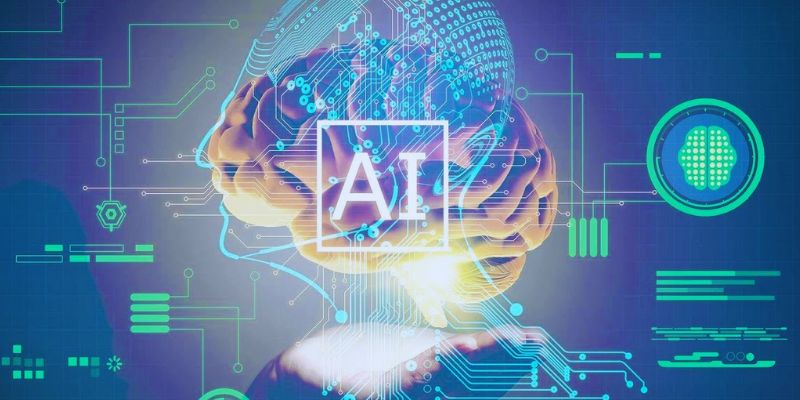
There is always a human behind the scenes, even if artificial intelligence produces something novel. Humans program the artificial intelligence, train it, and feed it the learned data. Human efforts shape the output of AI. Though AI has accomplished most of the work, humans are the legal creators in most legal systems. Critics contend this strategy is antiquated since some artificial intelligence systems today run autonomously.
Supporters counter that distributing ownership and responsibilities is still the greatest approach. Giving machines credit could compromise human rights and throw off current copyright rules. Furthermore, lacking in sentiments, needs, and responsibilities are machines. Many legal professionals so find it incomprehensible to grant them legal rights.
Legislators worldwide are learning how to handle works produced by artificial intelligence. Some analysts propose changing present copyright rules to incorporate AI-generated work. Others contend we should design a new legal framework just for artificial intelligence. One concept is to give the copyright to the owner or developer of the artificial intelligence.
Leaving all AI-generated works in the public domain—therefore, allowing anyone to use them—is another concept. Every alternative presents advantages and drawbacks. Changing the law can encourage creativity but also expose fresh dangers. Ignoring could leave companies and artists without direction on ownership. The World Intellectual Property Organization has launched worldwide dialogues to identify shared answers. No final decisions have yet been made.
AI has transformed our inventiveness and creation process. But copyright law lags. Courts and nations remain uncertain about whether artificial intelligence can be a creator. While some consider it as more, others view it as a tool. Though this may change, laws today acknowledge humanity. Human rights and technology have to be balanced. Correct decisions will determine the direction of artificial intelligence and creativity. People utilizing artificial intelligence should be educated about the legal hazards till then. This argument is still raging. The issue will get harder to overlook as artificial intelligence gets more advanced and more essential to address.
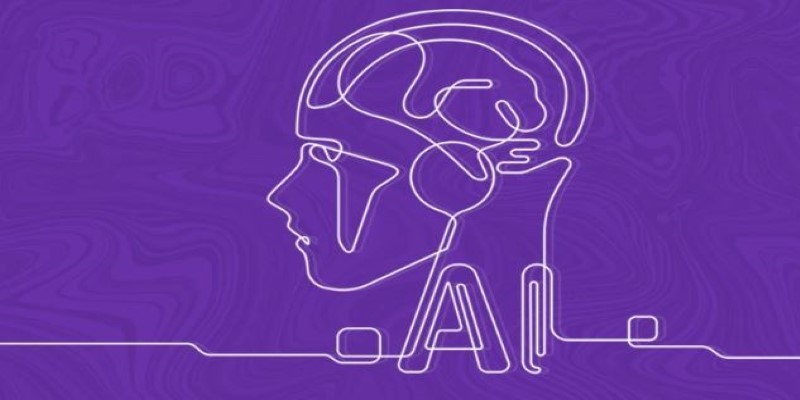
AI Hallucinations happen when AI tools create content that looks accurate but is completely false. Understand why AI generates false information and how to prevent it

Business professionals can now access information about Oracle’s AI Agent Studio integrated within Fusion Suite.

Explore IBM Granite-3.0's setup, features, and real-world uses in AI. Learn to deploy it efficiently for enterprise tasks.

remove duplicate records, verification is a critical step, SSIS provides visual tools

Know how sentiment analysis boosts your business by understanding customer emotions, improving products, and enhancing marketing

Boost teacher productivity with AI-generated lesson plans. Learn how AI lesson planning tools can save time, enhance lesson quality, and improve classroom engagement. Discover the future of teaching with AI in education

A lack of vision, insufficient AI expertise, budget and cost, privacy and security concerns are major challenges in AI adoption
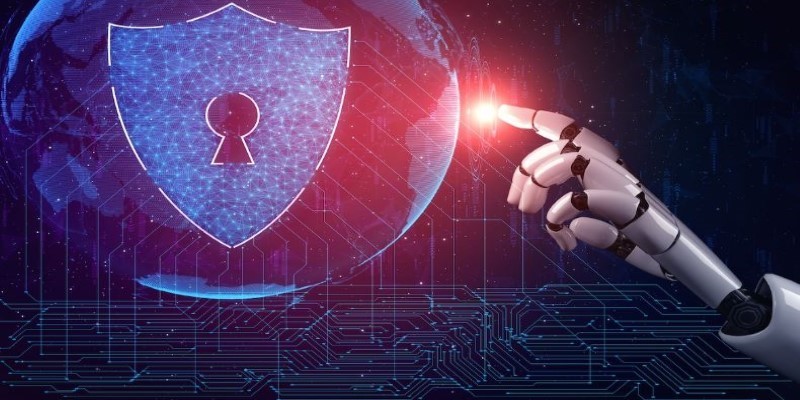
AI in Cybersecurity is changing the way businesses handle threat detection. Discover how advanced AI systems prevent cyberattacks with faster and smarter protection
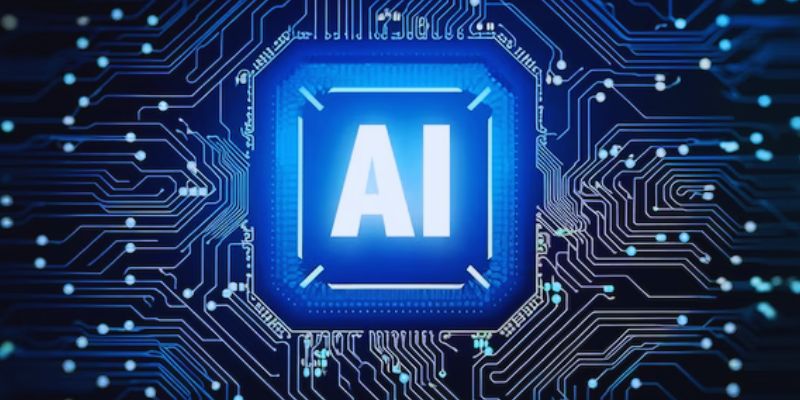
Find the benefits and challenges of outsourcing AI development, including tips on choosing the best partner and outsourcing areas
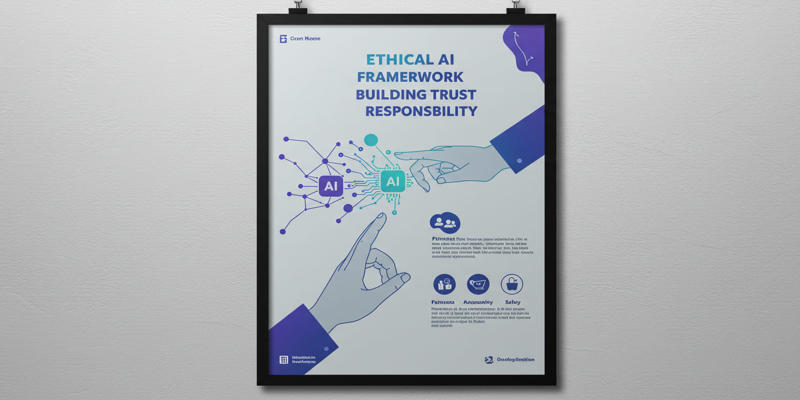
12 essential resources which organizations can use to build ethical AI frameworks and also provides information about tools and guidelines and international initiatives

Discover ChatGPT, what it is, why it has been created, and how to use it for business, education, writing, learning, and more
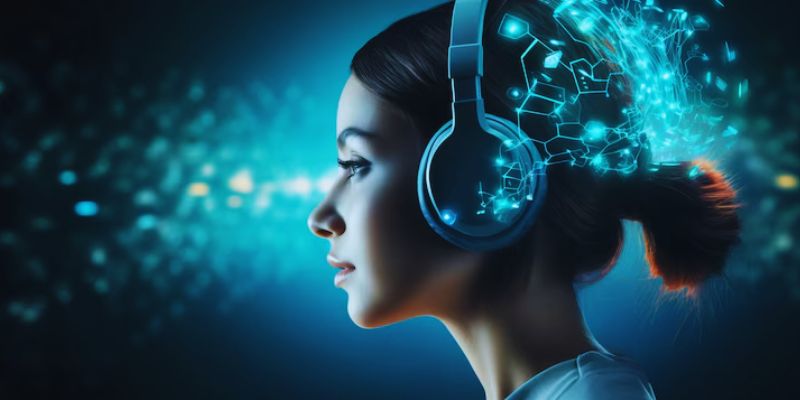
From 24/7 support to reducing wait times, personalizing experiences, and lowering costs, AI in customer services does wonders